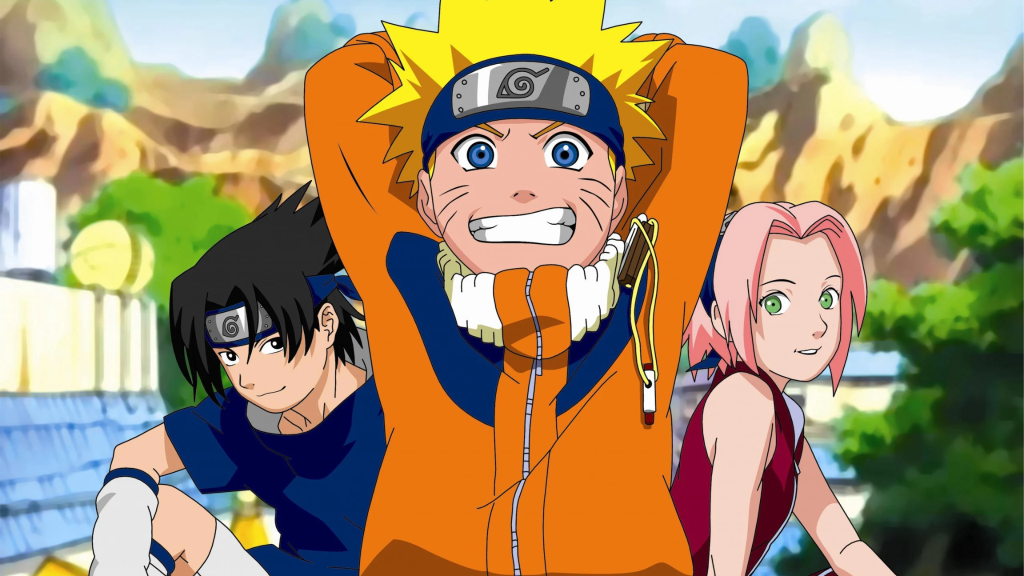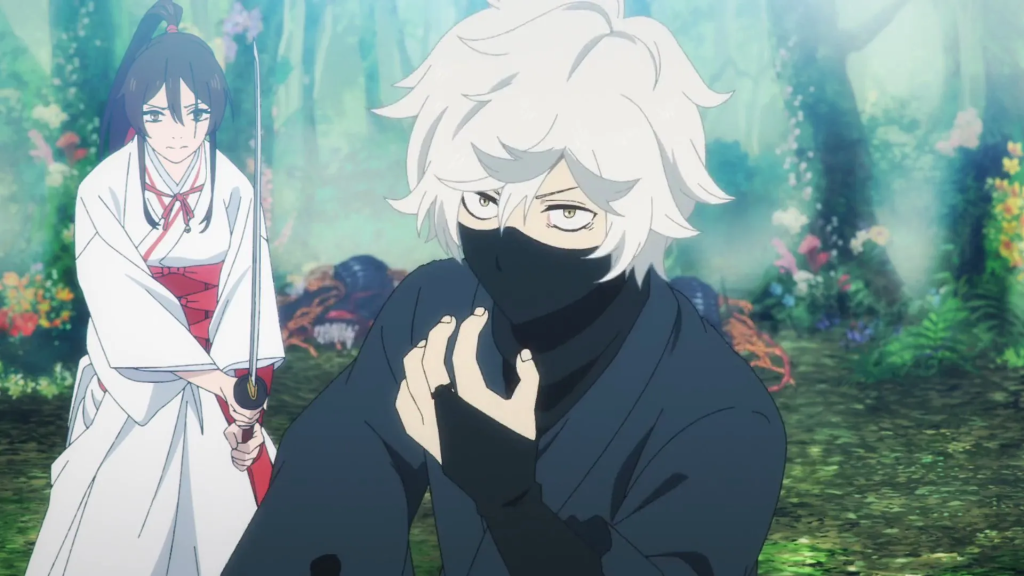Dandadan is already a smash hit. The new anime adaptation of Yukinobu Tatsu’s wild manga dominated Netflix’s streaming charts upon its release and has scored rave reviews from audiences and critics. Social media is overwhelmed by fans discussing the latest episodes, creating their own cosplay, or re-producing its now iconic opening credits. Dandadan is so wild and unpredictable that fans could easily binge 100 episodes and never get bored. But, unfortunately, we’re already over halfway through Season 1!
Videos by ComicBook.com
After having his testicles stolen by the yokai Turbo Granny, Okarun enlists the help of his new friend Momo to fight paranormal and extra-terrestrial forces and regain his privates. We’re all obsessed with Momo’s mission, and the blossoming romance between the two leading characters. So why does Season 1 have to end so soon? Dandadan’s first season will only run for a measly 12 episodes, as the show follows the most irritating trend in modern anime.

Anime Used to Have 24-Episode (and Longer) Seasons
Have you ever scrolled through a streaming service like Crunchyroll or Netflix and discovered a classic immensely popular anime, only to discover that each season is well over 50 episodes long? It’s an overwhelming feeling every contemporary anime fan can relate to. If you’re eager to go back and watch One Piece or Dragonball Z, prepare for a long commitment. Ignoring their total episode counts, each Season (or arc) of One Piece is roughly 60-episodes long, while Dragonball Z isn’t even listed with seasons, as fans must chew their way through all 291 episodes without a natural breaking point.
Older shows had longer season runs for two key reasons. The first, and most controversial is the sheer number of filler and re-cap episodes. Of One Piece‘s 1122 episodes, 94 (8%) are considered to be pure filler by the fan base. Naruto is an even bigger culprit, as 90 of its 220 episodes are classed as filler — that’s 40%!
Older anime also tend to be longer because they were originally made for children. In Japan, shows produced for a younger audience didn’t have season breaks. This would explain Dragonball Z‘s overwhelmingly long 291-episode series.
Even lesser-known shows like the sports anime Hajime no Ippo, or the criminally underappreciated Monster ran for over 70 episodes. Should every single new anime follow this trend and deliver an overabundance of new episodes? The die-hard viewers among us will say yes. Although it’s an unrealistic expectation. After all, the animators have lives outside of work and families to get home to. But even 24-episode seasons are becoming less common.
Shows like Naruto, Attack on Titan, Jujutsu Kaisen, the first season of Demon Slayer, and Assassination Classroom are all keeping the trend of 24+ episode seasons alive. After all, if we’re waiting over a year and half for a new season, it’s incredibly disappointing when that wait is rewarded by just eight or ten episodes. While the number of available long-running anime is at an all-time high, newly released shows are now favoring the 12-episode format. So why have the episode counts of newer anime been drastically reduced?
[RELATED: Naruto Fan Removes The Filler From The Anime Series]

Why Modern Anime Has Fewer Episodes
Hell’s Paradise (pictured above), Kaiju No. 8, the newer seasons of Demon Slayer, the aforementioned Dandadan, and Chainsaw Man are just a few new anime to have their seasonal episode counts slashed. Of course, there is no evil overlord selecting random anime to have fewer episodes. But there are a few reasons why new shows seem to be a lot shorter.
Firstly, and most prominently, producing anime, like all mediums of entertainment, costs money. In the end, all things in entertainment come down to finance. Surprisingly, anime is relatively cheap to produce, at least compared to Hollywood movies. Getting an exact figure for the production costs of new anime is difficult, as many studios don’t make these statistics public. It is widely believed (based on some publicly revealed figures), that an episode of quality anime can range from anywhere between $80,000-180,000 in production costs. And that’s just an estimate.
That may not sound like a lot, but anime isn’t as profitable as you think. In 2015, Anime News Network released a report about the costs behind producing an anime. They spoke to veteran animator, Shinji Takamatsu, who revealed that even popular anime struggle to recuperate their budget through DVD sales. “Expecting to make that up through disc sales alone is a hopeless business model, but that’s how almost all late night anime are,” he explained. According to the report, studios rely on a few major hits, rather than a constant stream of steady successes.
Secondly, studios favor short debut seasons to test the waters, and gauge audience interest in a new anime. The 2022 smash-hit, Chainsaw Man only ran for 12 episodes. However, after its tremendous success, a feature-length movie has officially been announced, and the franchise is expected to have a long future.
Finally, the anime industry’s dependency on manga is the complete opposite of the Hollywood system. When a new book becomes popular in the west, film studios are desperate to purchase the rights and profit from any and all adaptations. But Japan has the opposite problem. There is almost an endless wave of available manga, manwha, light novels, and more that are ripe for adaptation. The problem stems from the availability of studios. Most major anime studios have their pipelines fully booked anywhere up to five years in advance. As a result, shorter episode counts allows these studios to unburden their workload, and open themselves up to even more shows. Take MAPPA, for example, while they produced 24-episode seasons for Season 2 of Vinland Saga and Jujutsu Kaisen, shows like Chainsaw Man and Hell’s Paradise were reduced to 12-episode seasons. And don’t even get us started on Attack on Titan‘s strange release plan for finishing its story.
Here’s hoping that Dandadan, and all the new shows listed above, get longer subsequent seasons in the future. As incredible as the shows are, 12-episode seasons don’t satisfy the craving felt by a lot of fans for more episodes from the newest, most promising shows.
Update [11/28/24]: This story has been updated to reflect new statistics.








